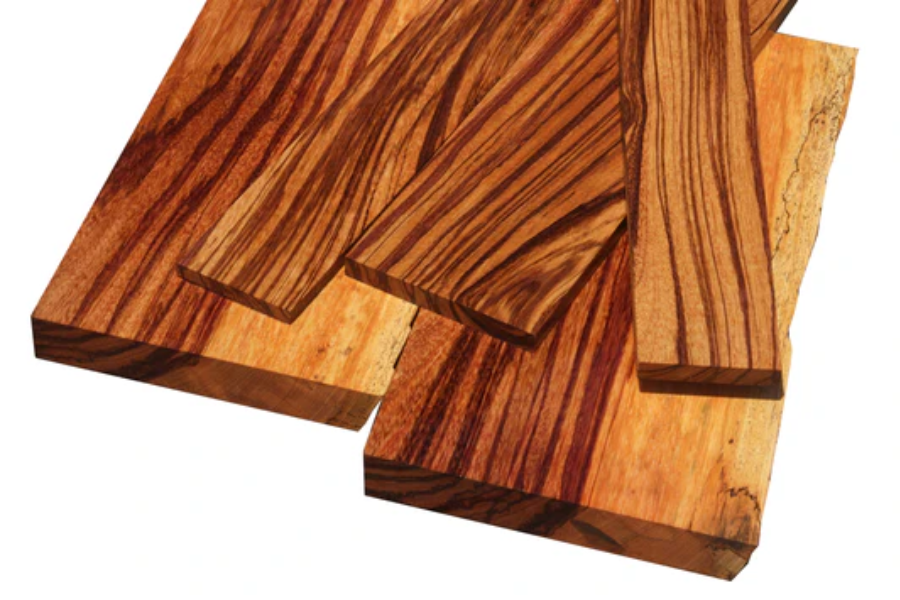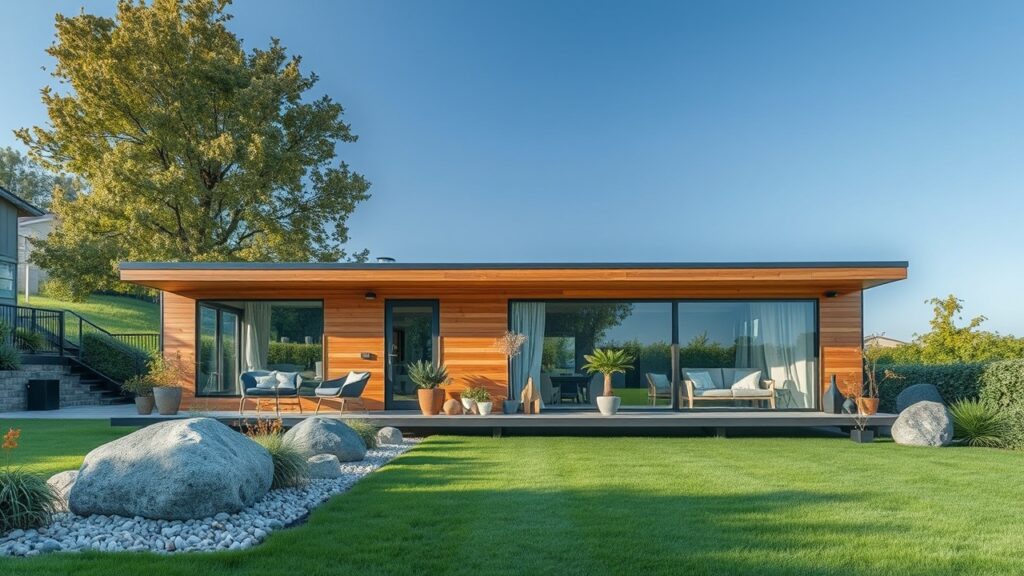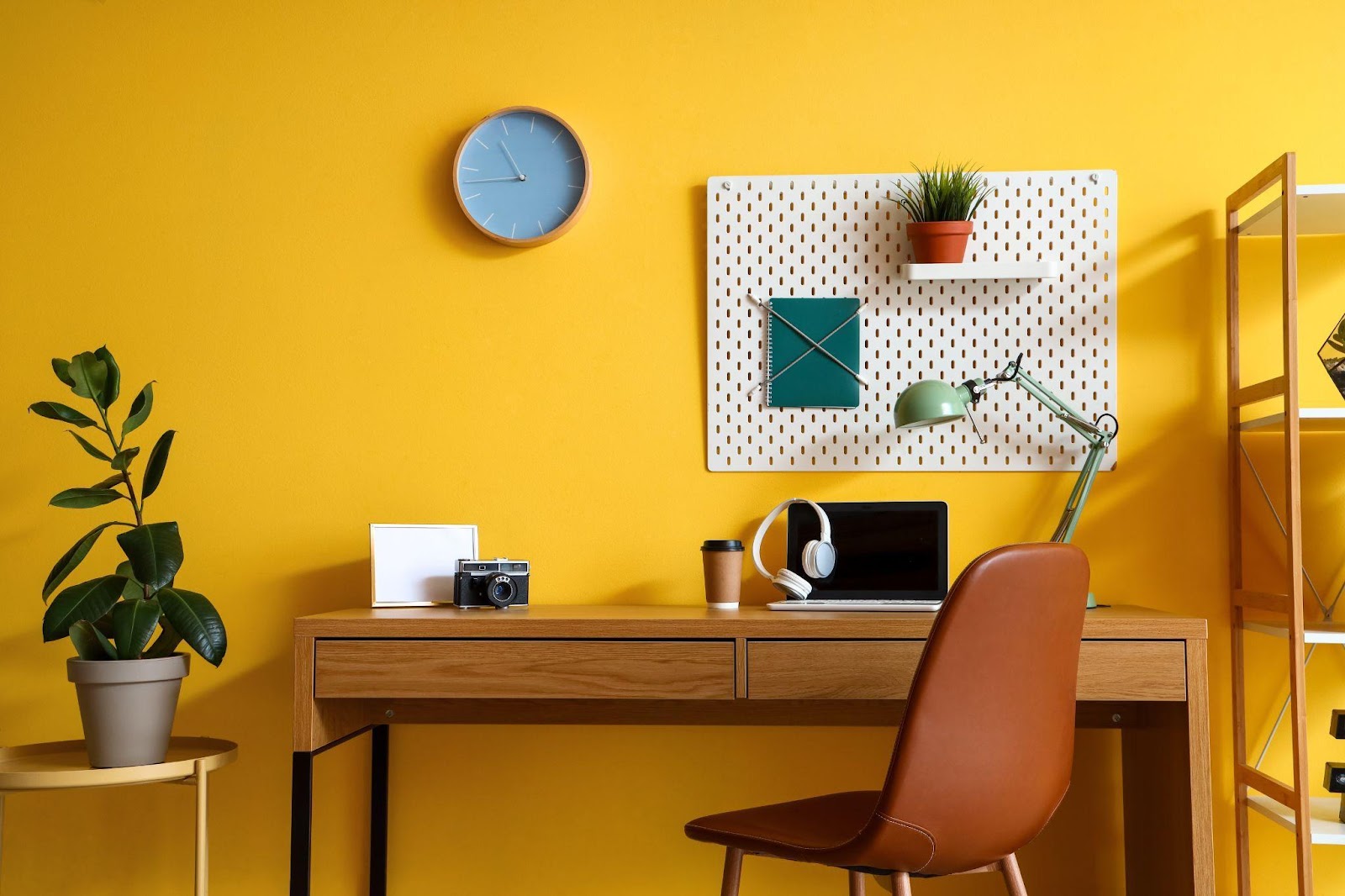When it comes to crafting the perfect cutting board, the type of wood you choose can make all the difference. Certain wood species excel in this arena, but personal preference plays a significant role in the final decision. As a maker of custom cutting boards, I’ve found that wood selection is not just about function; it’s also about aesthetics and individual taste.
What is a Cutting Board?
A cutting board is a flat surface used for preparing food, typically made from wood, plastic, or composite materials. Wood cutting boards are favored for their durability, aesthetic appeal, and natural antibacterial properties. The two primary types of wood construction for cutting boards are end grain and edge grain, each offering distinct advantages and visual characteristics.
The Appeal of Different Wood Grains
- End Grain Cutting Boards: These are constructed by aligning the ends of the wood fibers, resulting in a surface that is gentle on knives and minimizes wear. The unique patterns created by the wood’s natural growth rings add an attractive touch.
- Edge Grain Cutting Boards: Made from the long sides of the wood, these boards tend to be more stable and are generally lighter than end grain boards. They often showcase beautiful grain patterns but can be tougher on knife edges over time.
- Face Grain Cutting Boards: These boards are made from the flat surfaces of the wood, offering a more economical option but sacrificing some durability.
The Best Wood Species for Cutting Boards
Selecting the right wood species involves balancing aesthetics, durability, and usability. Here are some popular choices:
1. American Black Walnut
By far the most popular choice for cutting boards in recent years, American Black Walnut is known for its rich, dark color and striking grain patterns. It is dense, durable, and offers excellent knife protection, making it ideal for both end grain and edge grain construction. A Black Walnut board with accent woods can elevate its aesthetic appeal and uniqueness.
2. Maple
Maple, particularly hard maple, is another top contender in the cutting board arena. Known for its fine grain and light color, it’s highly durable and resistant to knife marks. It can be a great choice for all types of cutting board construction, and its neutral tone makes it an ideal canvas for various designs.
3. Cherry
Cherry wood has a warm hue that darkens with age, giving it a unique character over time. Its smooth surface and natural resistance to bacteria make it a suitable option for cutting boards. Cherry works well for both face grain and edge grain constructions.
4. Exotic Woods
For those looking to stand out, exotic woods such as Padauk, Zebrawood, Goncalo Alves (Tigerwood), and Purpleheart can add a unique flair. While there are concerns about allergens and irritants from sawdust when working with these woods, they offer striking visuals and can be used safely for cutting boards when properly finished.
Hardwoods vs. Softwoods
In general, hardwoods are preferred for cutting boards due to their density and durability. However, not all hardwoods are suitable for this purpose, and some softwoods can be excellent alternatives.
- Hardwoods: These are trees that lose their leaves annually and generally have a higher density, making them more durable. Popular hardwoods for cutting boards include maple, walnut, and cherry.
- Softwoods: Although typically less dense, certain softwoods, like heart pine, can be harder than many hardwoods. However, softwoods like poplar, while classified as hardwood, are generally too soft for cutting board use.
The Debate: Domestic vs. Exotic Woods
When researching cutting board materials, many individuals encounter discussions about potential allergens and irritants associated with different wood types. While Walnut is often cited as having irritant properties, it’s essential to differentiate between the effects of working with wood and the end-use of cutting boards.
Most issues arise from sawdust during milling rather than from the wood itself during regular use. Proper precautions, such as wearing a mask or respirator when working with wood, can mitigate these risks.
For example, some of the exotic woods I frequently use in my custom cutting boards include:
- Padauk: Renowned for its rich red color and durability, Padauk makes a striking addition to any cutting board.
- Zebrawood: Characterized by its dramatic stripes, Zebrawood adds visual interest and uniqueness to cutting boards, especially in end grain construction.
- Goncalo Alves: Also known as Tigerwood, this species boasts striking patterns and a hardness that rivals many domestic hardwoods.
The Best Domestic Wood for Cutting Boards
If you prefer domestic options, consider the following three hardwoods, which are abundant in North America and have proven effective in cutting board construction:
- Maple: As previously mentioned, hard maple is dense and resistant to wear, making it a favorite among both home cooks and professional chefs.
- Walnut: Its beautiful grain and durability make walnut a staple in cutting board manufacturing. The rich tones can complement any kitchen decor.
- Cherry: With its stunning warm hue, cherry wood is both functional and attractive, making it a preferred choice for many culinary enthusiasts.
The Best Exotic Wood for Cutting Boards
If you want to use a single species for your cutting board, consider woods with characteristics similar to popular domestic hardwoods. Mahogany and Peruvian Walnut are excellent options that provide durability and a beautiful finish.
For those who wish to experiment, using a combination of exotic woods, like Zebrawood with Black Walnut accents, can create a stunning piece that showcases your personal style.
What is the Best Wood for a Cutting Board?
Ultimately, the best wood for a cutting board comes down to personal preference. Each wood species has unique qualities that can cater to different tastes and needs.
Here are some personal favorites for specific cutting board types:
- Face Grain Cutting Board: A combination of Figured Walnut and Goncalo Alves creates an attractive, functional surface.
- Edge Grain Cutting Board: I recommend a mix of Curly Maple, Ambrosia Maple, and Black Walnut for a blend of durability and beauty.
- End Grain Cutting Board: A classic Black Walnut board with Zebrawood accents provides a visually striking and durable option.
Conclusion
When selecting wood for your cutting board, consider your personal preferences, the board’s intended use, and the aesthetics you wish to achieve. There is no definitive answer for the “best” wood—rather, it’s a combination of the numerous beautiful wood species available that can create a one-of-a-kind cutting board.
Incorporating these different wood types into your cutting board designs can not only enhance their functionality but also create stunning pieces of art for your kitchen. Each species has its own story, and every cutting board you make can reflect your unique taste and craftsmanship. Whether you choose a classic domestic hardwood or an exotic wood species, the result will be a beautiful and functional cutting board that will serve you well for years to come.
Get the inside scoop on industry developments and expert insights at Internal Insider.










